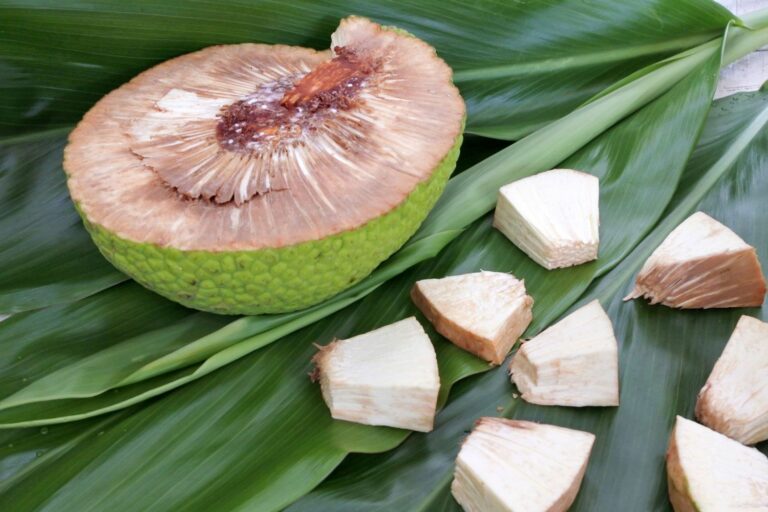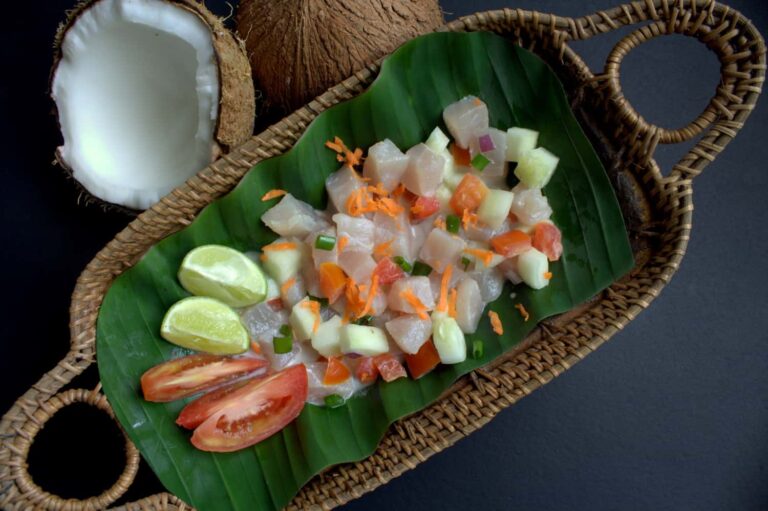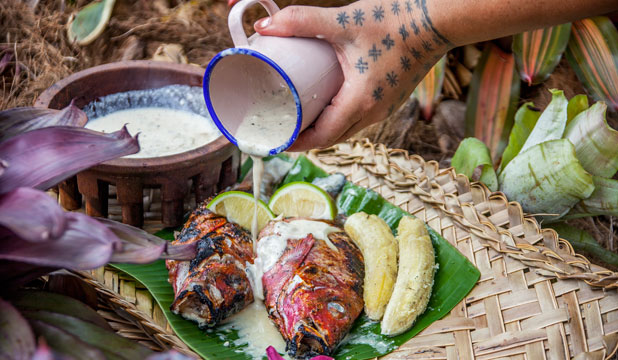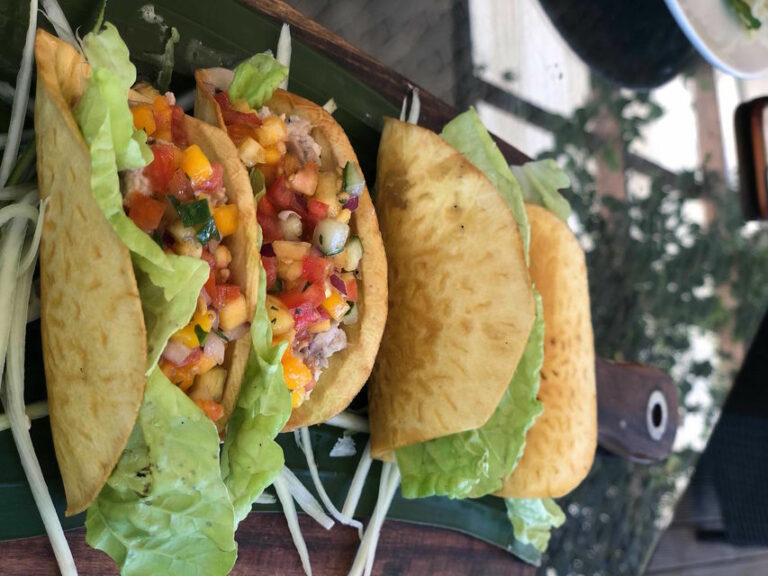Introduction: Exploring Samoan Cuisine
Samoan cuisine is a unique fusion of traditional Polynesian cooking techniques and ingredients, with influences from European and Asian cultures. Samoan dishes are characterized by their rich, bold flavors, and a focus on fresh, natural ingredients. With a strong emphasis on seafood, vegetables, and tropical fruits, Samoan cuisine is a true reflection of the island lifestyle.
Staple Foods: Taro, Breadfruit, and Coconut
Taro, breadfruit, and coconut are three of the most important staple foods in Samoan cuisine. Taro is a starchy root vegetable that is used in a variety of dishes, including soups, stews, and curries. Breadfruit is another starchy fruit that is often roasted, boiled, or fried and served as a side dish. Coconut is used in many different forms, from coconut milk to coconut oil, and is a key ingredient in many Samoan dishes.
Samoan Seasonings: Ulu, Ginger, and Fa’ausi
Ulu, ginger, and Fa’ausi are three popular seasonings used in Samoan cuisine. Ulu is a type of breadfruit that is used in its unripe state to add a tangy, sour flavor to many dishes. Ginger is a versatile spice that is used to add a spicy, zesty flavor to soups, stews, and other dishes. Fa’ausi, or Samoan spinach, is a leafy green vegetable that is used as a seasoning in many different types of dishes.
Pacific Seafood: Tuna, Octopus, and Crustaceans
With its location in the Pacific Ocean, it’s no surprise that seafood is a major part of Samoan cuisine. Tuna, octopus, and crustaceans like crab and lobster are all commonly used in Samoan dishes. Tuna is often grilled or seared and served with a variety of seasonings and sauces. Octopus is typically boiled or grilled and served as a side dish or in salads. Crustaceans are often served in soups and stews, or as a main dish.
Meat Dishes: Oka, Palusami, and Luau
In addition to seafood, Samoan cuisine also features a variety of meat dishes. Oka is a traditional Samoan dish made with raw fish and coconut milk, while palusami is a dish made with taro leaves and coconut cream. Luau is a dish made with taro leaves and either chicken or pork, which is wrapped in banana leaves and cooked in an underground oven.
Exotic Flavors: Noni, Koko Samoa, and Ava
Noni, Koko Samoa, and Ava are all unique ingredients used in Samoan cuisine. Noni is a type of fruit that is used in a variety of health tonics and drinks. Koko Samoa is a type of hot chocolate that is made with cocoa beans, coconut milk, and sugar. Ava, also known as kava, is a drink made from the root of the kava plant and is often used in traditional ceremonies. These exotic flavors add a unique twist to many Samoan dishes.
In conclusion, Samoan cuisine is a rich blend of traditional Polynesian ingredients and global influences. From staple foods like taro and coconut to Pacific seafood and exotic flavors like noni and Ava, Samoan cuisine offers a diverse range of flavors and textures for food lovers to explore.




